Understanding Real Pokemon Cards
For both seasoned collectors and newcomers, the world of Pokemon cards can be both exciting and confusing. With the rise of counterfeit products, discerning real real Pokemon cards from fakes is crucial for any collector or enthusiast looking to build a trustworthy collection. This guide will delve into what makes Pokemon cards authentic, explore the history of their production, dispel common misconceptions, and arm you with the knowledge needed to navigate the market with confidence.
What Makes Pokemon Cards Authentic?
Authentic Pokemon cards possess a few key characteristics that differentiate them from counterfeits. These include:
- Quality of Material: Real Pokemon cards are made with high-quality card stock that feels durable and has a specific weight. If you bend the card slightly, it should retain its shape without damage.
- Print Quality: Authentic cards exhibit vibrant colors and clear text. Any blurring or misalignment of images is a strong indication of a fake.
- Ruler Size and Thickness: Real cards have standardized dimensions (about 63 mm x 88 mm) and a certain thickness. Fakes often vary in size or thickness.
The History of Pokemon Card Production
The Pokemon Trading Card Game (TCG) was first introduced in Japan in 1996 and quickly became a staple in both gaming and collectible communities worldwide. Initial card production involved collaborations with top-quality printing companies, ensuring that the cards were made to stringent specifications. Over the years, multiple series and special editions have kept the game fresh and exciting, which also means that different batches of authentic cards can vary slightly in design and print style. Understanding this history can help to identify older cards which might follow different criteria than newer releases.
Common Misconceptions About Real Pokemon Cards
Many myths exist that can lead to confusion in the Pokemon card community. Here are a few of the most prevalent misconceptions:
- All Holographic Cards Are Valuable: While holographic cards are often more sought-after, their value is largely dependent on the Pokemon featured and the card’s condition.
- Any Old Card Is Worth a Fortune: Although vintage cards can be valuable, many older cards were produced in large quantities and don’t hold significant worth in today’s market.
- If It Looks Real, It’s Real: Just because a card appears authentic at first glance doesn’t mean it is. Learning the nuances of legit cards is critical.
How to Identify Real Pokemon Cards
Being able to accurately identify real Pokemon cards is crucial—not just for collectors, but for anyone purchasing or trading cards. Here’s how to ensure you’re not getting duped:
Visual Cues: Spotting Genuine Cards
When evaluating a Pokemon card, look for the following visual indicators:
- Color Vibrancy: Authentic cards should have rich, vibrant colors. If the colors seem faded or washed out, it could indicate a fake.
- Text Clarity: Check the clarity of the text and graphics. Authentic cards have sharp text with no spelling errors.
- Artwork Quality: Examine the artwork carefully; any inconsistencies or poor quality could be signs of a counterfeit.
Tactile Differences Between Real and Fake Cards
Feel can play a crucial role in determining authenticity. Authentic cards are made of high-quality materials that are slightly glossy. Here are some tactile assessments to consider:
- Weight: Real cards generally feel heavier compared to their counterfeit counterparts.
- Flexibility: When bending the card, it should return quickly to its original shape without creasing.
- Texture: Genuine cards have a special texture; if a card feels overly smooth or unusually textured, it could be a fake.
Using Technology to Verify Card Authenticity
In today’s digital age, technology can also help verify card authenticity. Here are a few ways you can use tech to your advantage:
- UV Light Test: Many authentic Pokemon cards will display certain features that can only be seen under UV light, such as the presence of specific patterns.
- Mobile Apps: Some applications allow users to scan cards and verify their authenticity based on their database of known valid cards.
Where to Buy Real Pokemon Cards
Finding authentic Pokemon cards may feel daunting, but with the right knowledge and pathways, you’ll be equipped to make secure purchases.
Online Marketplaces: Pros and Cons
Purchasing Pokemon cards online has become increasingly popular, with a variety of platforms available. However, understanding where to buy and the potential risks involved is essential:
- eBay: Offers a wide selection but comes with risks. Ensure you check seller ratings and reviews before purchasing.
- Cardmarket: This European online marketplace specializes in trading cards and provides buyer protection, making it a safer option.
- Official Stores: Buying from the official Pokemon store or licensed retailers like the Pokémon Center guarantees authenticity but may limit your options.
Finding Local Retailers for Your Pokemon Needs
For those preferring in-person interactions, local game stores or specialty toy shops often carry genuine Pokemon card inventory. Engaging directly with sellers can also provide insight into the cards and their value:
- Game Stores: Many local game shops host tournaments and have a dedicated Pokemon section. Employees are usually knowledgeable and can help you assess authenticity.
- Collectors’ Fairs: Attending Pokemon collectors’ fairs can offer great opportunities to find deals from reputable sellers while also meeting fellow fans.
Buying in Bulk vs. Individual Cards
Deciding whether to buy in bulk or individual cards can depend on your goals as a collector. Each option has its advantages:
- Bulk Purchases: Buying packs or boxes often comes with better value per card but may include cards you don’t want.
- Individual Cards: Purchasing specific cards allows for targeted collection of desired pieces but often costs more for each item.
Caring for Your Real Pokemon Card Collection
Once you’ve invested in a collection of real Pokemon cards, proper care becomes paramount to ensuring their longevity and value.
Proper Storage Techniques to Preserve Card Value
Utilizing optimal storage methods can significantly affect the lifespan of your cards:
- Card Sleeves: Use protective sleeves to shield cards from dust, moisture, and handling.
- Toploaders: For high-value cards, toploaders provide added sturdiness and protection.
- Storage Boxes: Store cards in acid-free boxes to prevent deterioration over time.
Cleaning and Maintenance Tips for Collectors
Regular maintenance not only keeps your cards looking good but also can help maintain their values:
- Gentle Cleaning: Use a soft cloth to gently clean your cards without scratching the surface.
- Avoid Moisture: Keep cards in a dry environment to prevent warping or mold.
Displaying Your Collection: Creative Ideas
Showcasing your collection can be just as important as acquiring it. Here are some creative display ideas:
- Frames: Consider framing particularly valuable or meaningful cards.
- Display Cases: Invest in display cases that protect while showcasing cards.
- Theme Displays: Arrange cards by type, series, or personal favorites for a more engaging visual.
Building Value with Real Pokemon Cards
Understanding how to build value in your Pokemon card collection is essential for all collectors, whether for personal enjoyment or investment purposes.
Market Trends: What Affects Pokemon Card Value
The value of Pokemon cards fluctuates based on various market factors:
- Rarity: Rare cards, especially those from older sets, tend to increase in value over time.
- Condition: Cards in mint condition fetch higher prices; grading can help validate card quality.
- Demand: Popular cards see higher prices during peak interest periods, such as movie releases and anniversaries.
Investing in Rare Cards: Tips for Success
For those looking to invest, here are some practical tips:
- Research: Stay informed about market trends and the popularity of specific cards.
- Build Relationships: Engaging with other collectors can yield invaluable insights and opportunities.
- Prioritize Condition: Always aim for the highest quality when adding cards to your investment portfolio.
Understanding Grading and Its Importance
Grading allows collectors to assess the quality of their cards scientifically:
- Professional Grading Services: Using services like PSA or Beckett can authenticate and grade your cards accurately, often increasing their market value.
- Community Grading Standards: Familiarize yourself with the grading scale to better understand potential buyers’ perspectives.








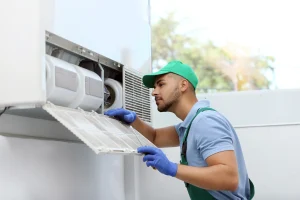
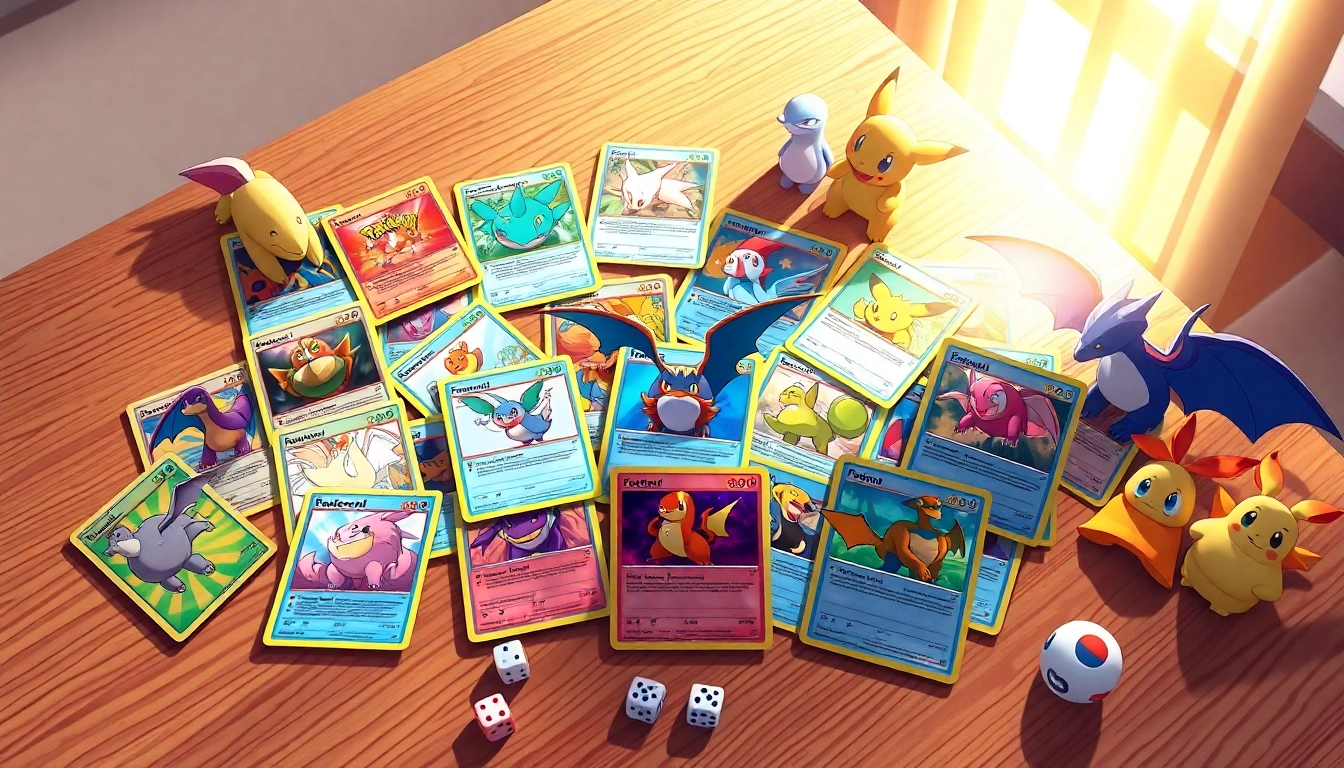
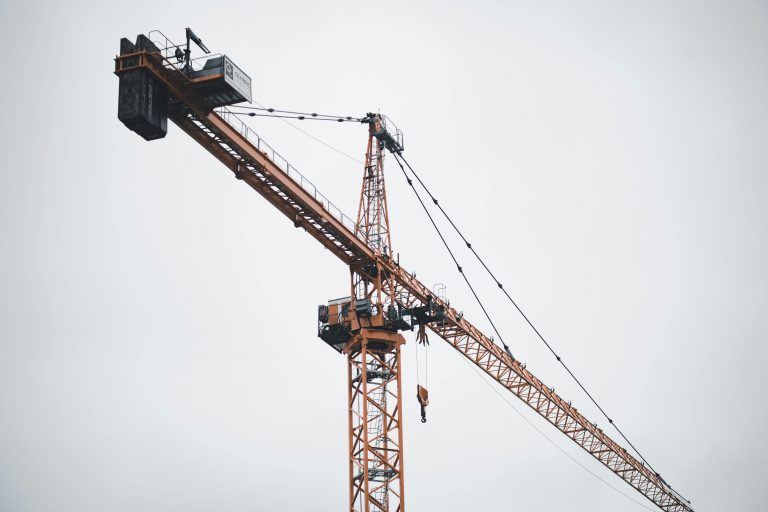

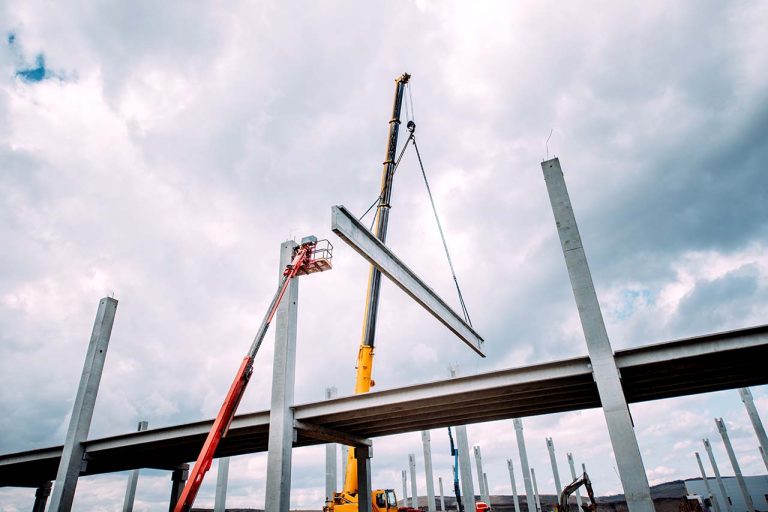
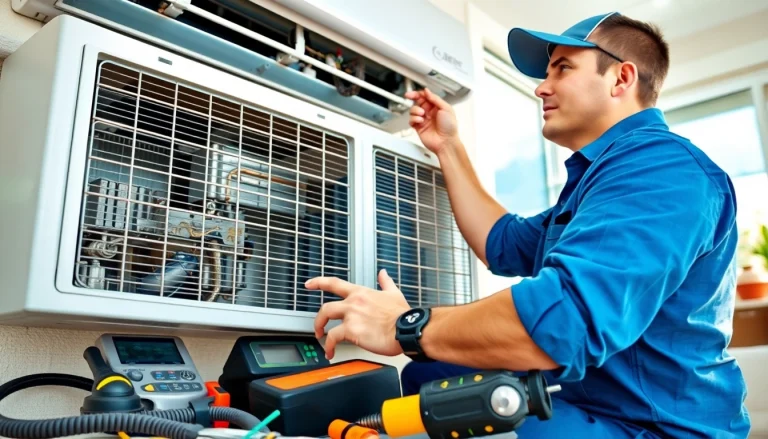

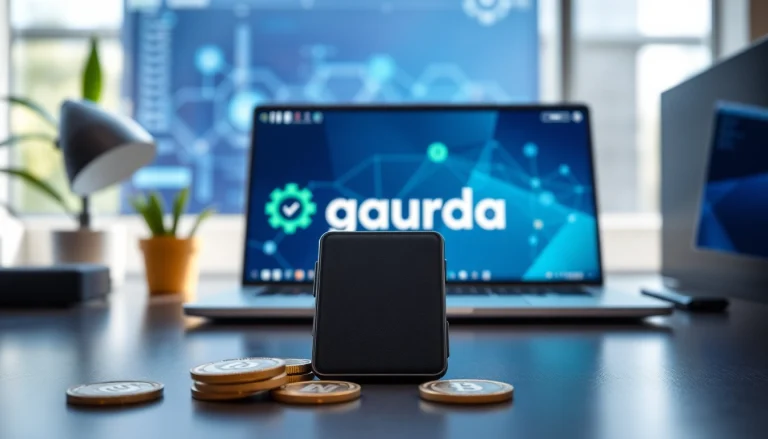
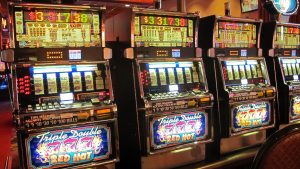
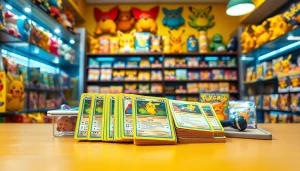





+ There are no comments
Add yours